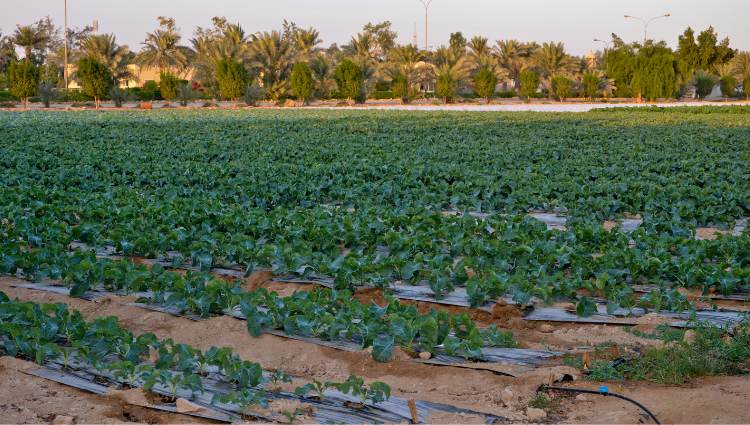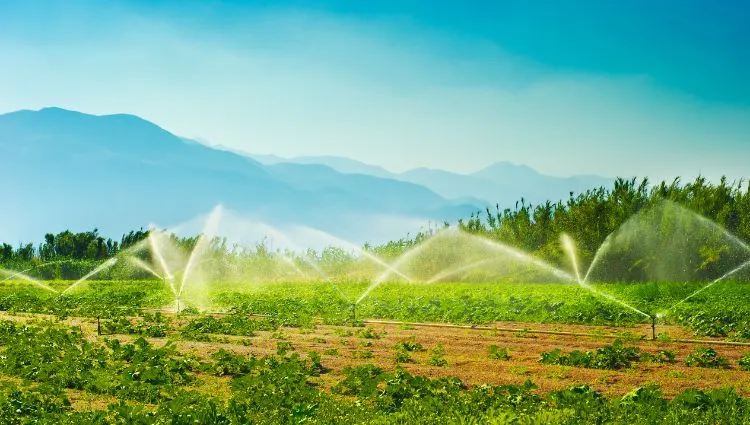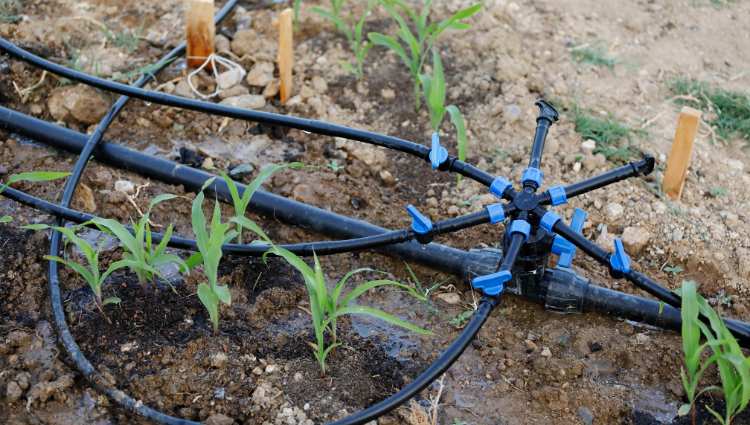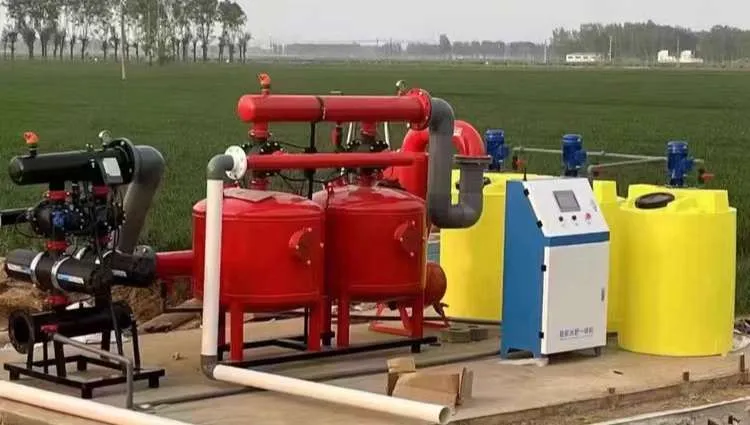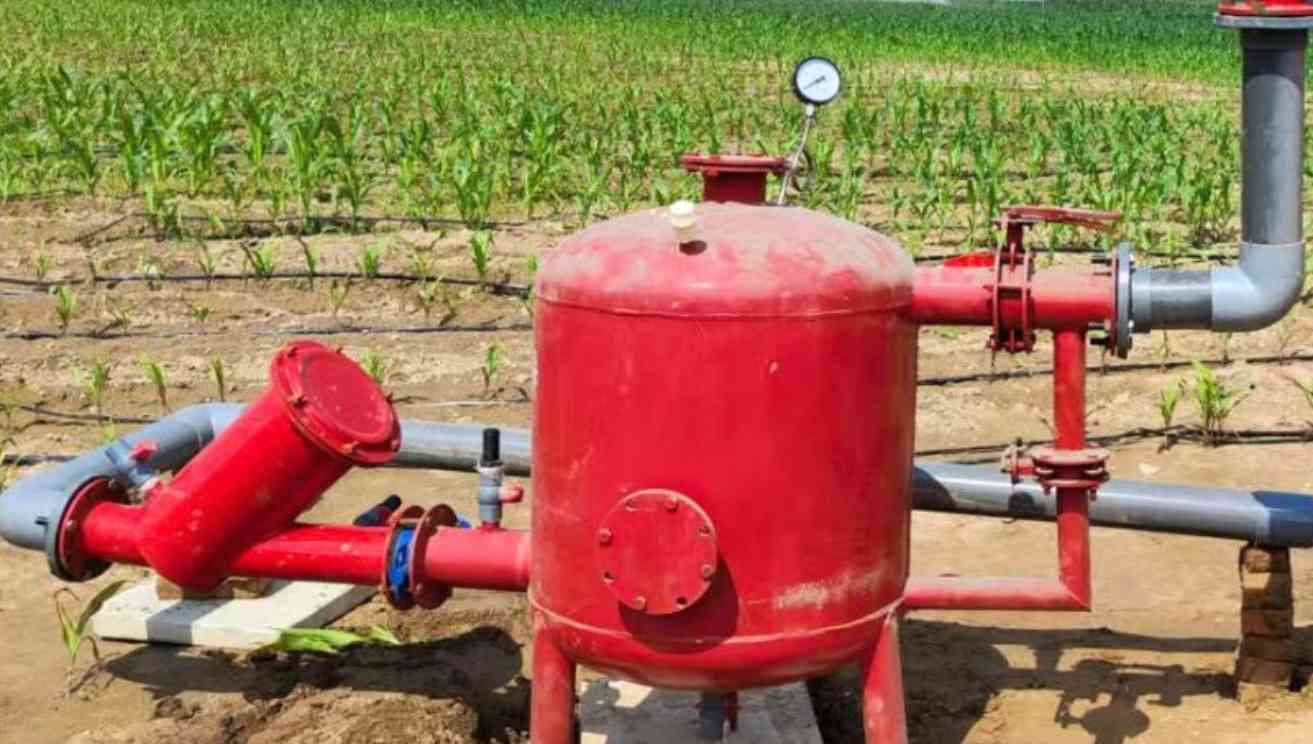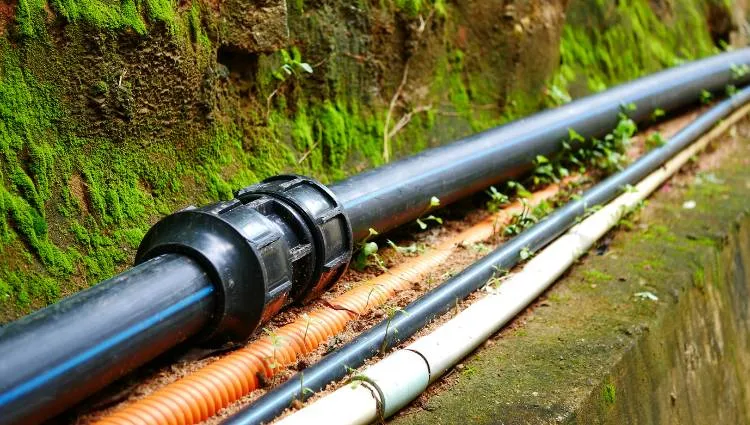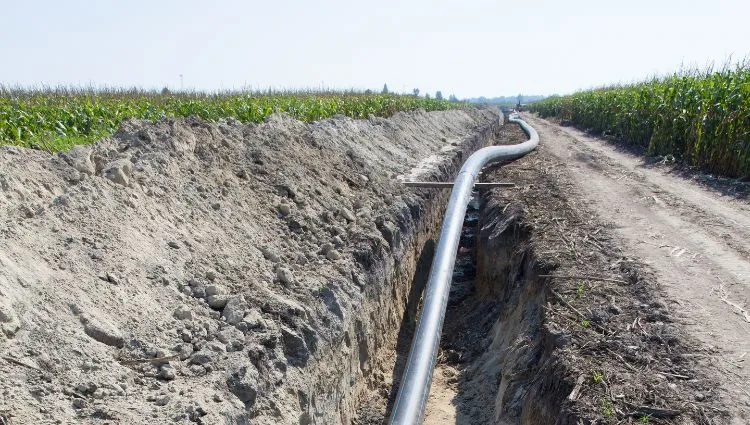Table of Contents
In hot and arid regions, such as the Middle East and Africa, people face problems like water scarcity and loss. These issues make irrigation difficult, which further leads to problems such as crops and plants not getting enough water for growth, longer crop growth cycles, and low yields.
In hot and arid regions, what challenges does irrigation face, and are there good solutions? This post will explain it to you in detail.
Irrigation Challenges in Hot and Arid Regions
Water shortage and uneven distribution
In hot regions, rainfall is seriously insufficient. Combined with the fast evaporation rate and the decline of groundwater levels, this makes available water resources even scarcer, making it difficult to meet the needs of irrigation and daily life.
In addition, in these areas, rainfall is also very uneven in terms of seasonal and regional distribution. For example, in Xinjiang, northern Xinjiang is closer to the snow-capped mountains, and the climate is more suitable, so natural resources are relatively abundant. Many agricultural projects in Xinjiang have been able to develop in the north. However, southern Xinjiang is surrounded by mountains and basins, and the moisture from the ocean is blocked, resulting in rainfall in southern Xinjiang being only one-sixth of that in the north.
In this situation, the development of agricultural irrigation in northern Xinjiang is far better than in the south.
Backward irrigation technology
In hot and arid regions, many places still retain traditional irrigation methods, such as flood irrigation and channel irrigation. These methods are very inefficient and not water-saving, which makes water-scarce areas waste even more water resources, resulting in lower crop yields.
In addition, irrigation equipment also lacks maintenance, with problems such as aging equipment and water leakage. On top of that, the design of irrigation systems is not scientific or reasonable. All of these reduce the efficiency of water resource utilization.
Extreme weather
In some regions, high temperatures and drought occur together. Continuous high temperatures can quickly evaporate the water in the soil, causing it to harden. This makes it difficult for crops and plants to absorb nutrients, or they absorb them inefficiently, which greatly affects crop growth.
Farmers’ lack of awareness of change
In many regions, local farmers lack acceptance of new things and new technologies, making it difficult to promote new irrigation methods. To some extent, this also hinders the development of local irrigation.
Solutions
From the above, we summarized four challenges of irrigation in hot and arid regions. Next, we will also share some solutions.
Developing new water sources
The biggest shortage in hot and arid regions is water. To address this, the fundamental solution is to develop new water sources, thereby increasing the total amount of water available for irrigation. For example, water can be diverted from regions rich in water resources.
In addition, a rainwater collection system can be established to collect rainwater, turning natural resources into usable irrigation water.
Finally, for water resources, there should also be a scientific and reasonable distribution mechanism. Based on actual irrigation water data, targeted planning and distribution of irrigation water should be carried out to ensure full utilization of water resources.
Promoting water-saving irrigation technology
Many hot and arid regions still use traditional irrigation methods. Due to cost concerns, many locals would rather accept low water efficiency than invest heavily in updating irrigation systems.
However, in the long run, we still need to actively promote water-saving irrigation technologies, such as sprinkler systems and drip irrigation systems.
Although building water-saving irrigation systems requires some initial investment, as long as their long-term and stable operation can be ensured, not only can water use efficiency be greatly improved, but overall costs will also be reduced.
Effectively responding to extreme weather
When facing emergencies such as extreme weather, workers need to have good response strategies. Weather conditions can be monitored through weather stations to make early preparations.
In times of drought, precise irrigation should be used to save as much water as possible. If the temperature is too high, spraying water in the irrigation area can help cool it down, or shade nets can be placed above crops, while timely fertilization should also be carried out.
In the case of heavy rainfall, drainage must be carried out in the irrigation areas in time. When building irrigation systems in the early stage, drainage systems should be established in advance to deal with such emergencies. It is worth mentioning that drainage systems can be combined with rainwater collection systems, as the collected rainwater can be converted into usable water resources.
If hailstorms or strong winds occur, workers should reinforce greenhouses and other facilities in advance. For irrigation equipment that is prone to damage, timely inspections are necessary. If severe weather damages these devices, they must be replaced promptly.
Improving farmers’ awareness of water conservation
Local governments should vigorously promote the benefits of water-saving irrigation and encourage the use of water-saving irrigation technologies. Farmers need to realize that adopting water-saving irrigation brings great benefits to both crop growth and economic returns.
Final Words
This article shared four irrigation challenges and solutions in hot and arid regions. I hope it can be helpful to you!
Finally, please allow me to briefly introduce our company. Rainfaun is an irrigation product manufacturer headquartered in China. We produce and export drip irrigation, sprinkler irrigation, valves, pipes, and other irrigation-related products. You can learn more about our company and products on this website.
If you would like to work with us, you can click here to fill out a form.
Author: Allen
Editor: Michael
Content Reviewer: Michael
